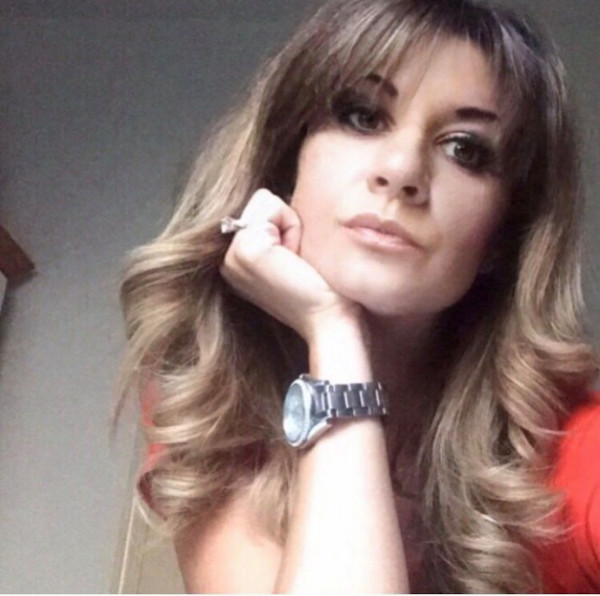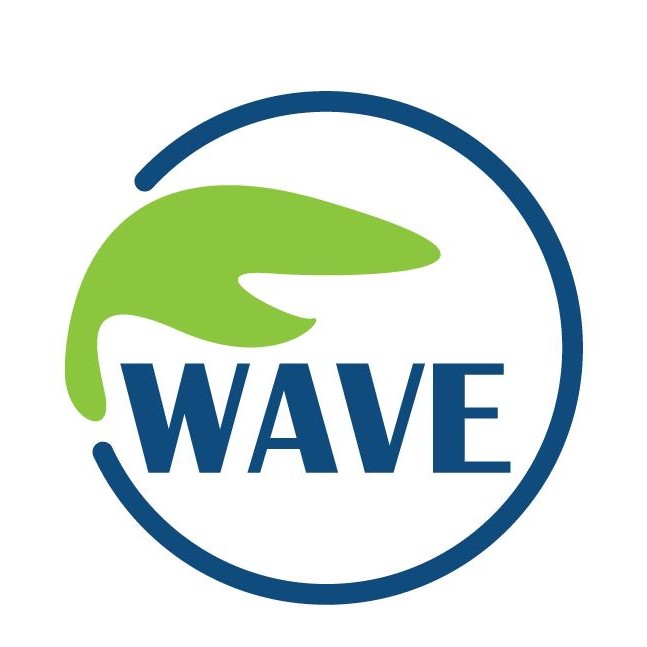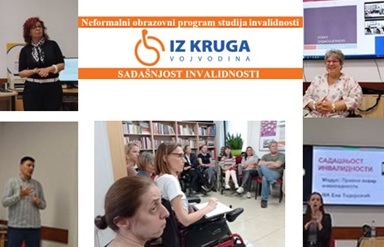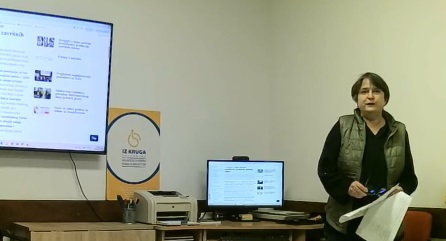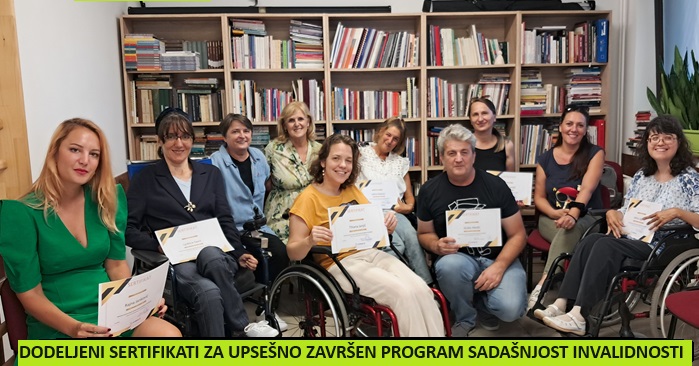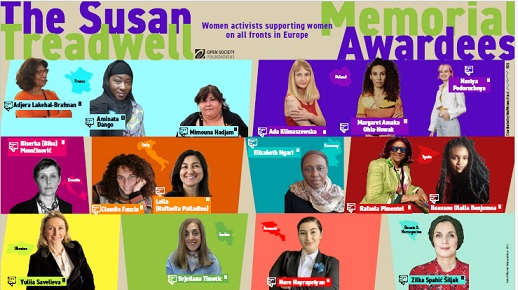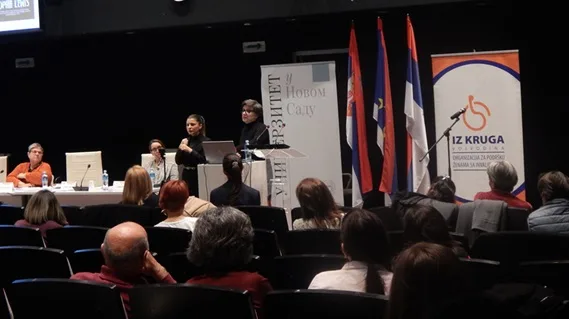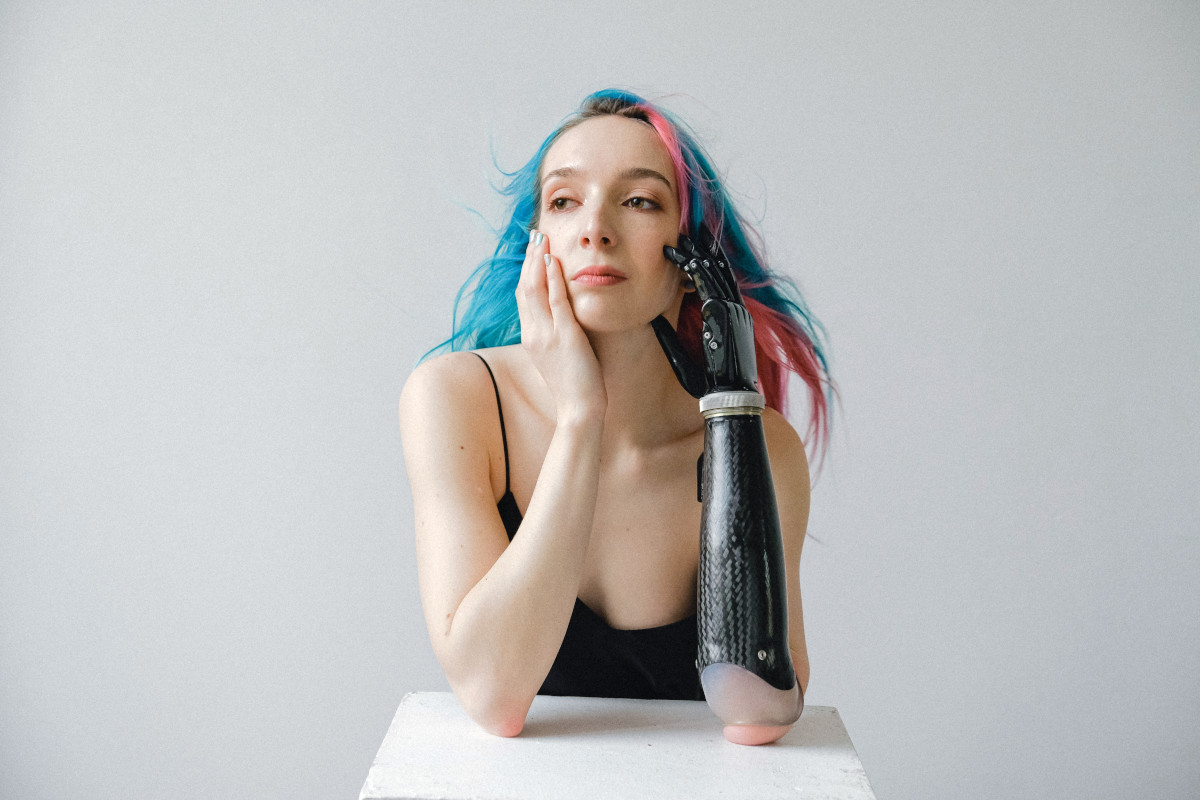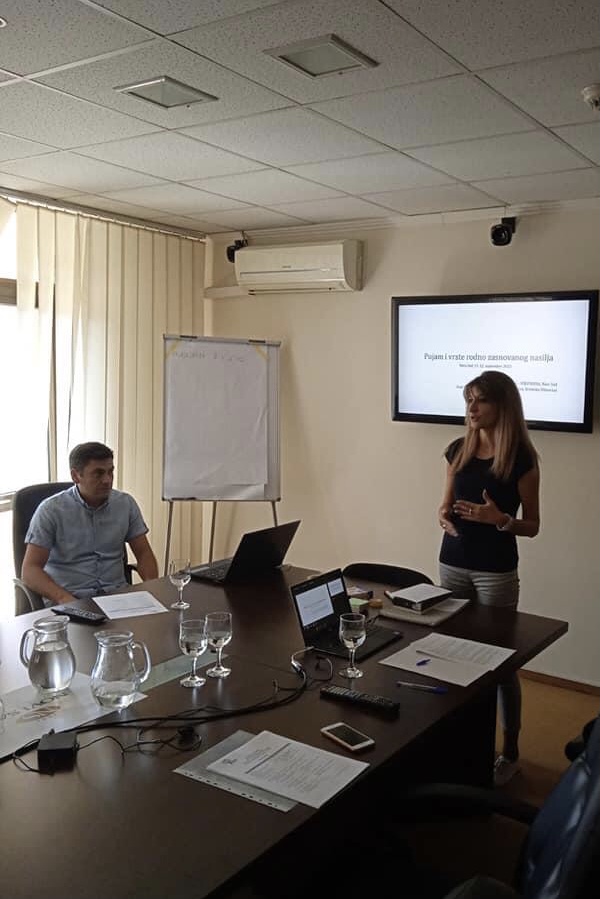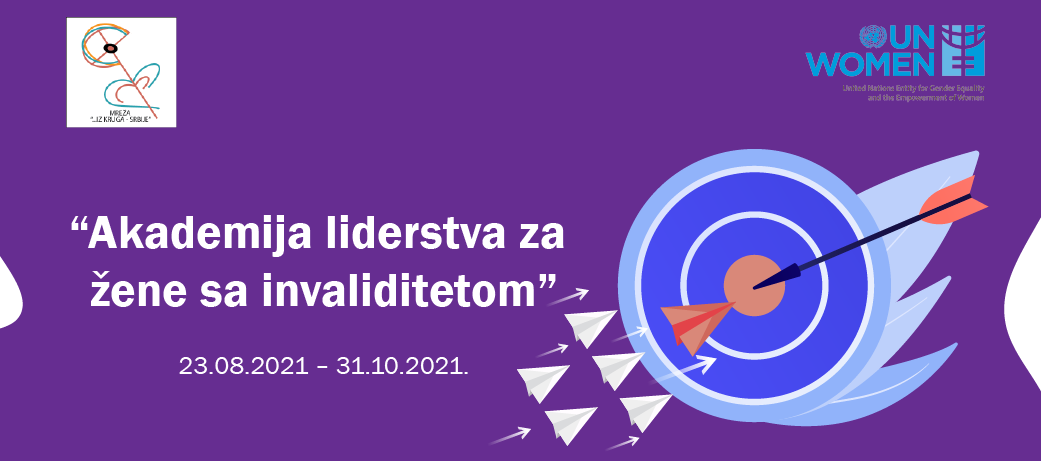WAVE Network organized a multidisciplinary two-day online training, supporting women survivors with dis/abilities: diminishing the barriers and enhancing inclusivity. Twenty-nine attendants, representatives of the SOS services, safe houses, women’s centers, and support services for women survivors of sexual violence from nineteen countries participated in the training. Elisabeth Udl, who is providing support to women with developmental disabilities survivors of sexual violence, and Elisabeth Löffler, activist of the queer-feminist movement, the movement for independent living, and sexual education counselor hosted the training. During the training, participants worked on understanding the concept of inclusivity, ways of communication, and treatment of women with disabilities, respecting the right to independent living, appreciation of the specific individual needs of each woman, and the possibility to adjust the services accordingly. The last part of the training was dedicated to the practical use of acquired information and knowledge to improve the availability of services for women with disabilities exposed to violence.
On behalf of the Organization …IZ KRUGA – VOJVODINA, Ivana Zelic, coordinator of the SOS service for women with disabilities, participated in the training. On this occasion, we talk with Ivana Zelic about the possibilities and limitations of concrete application of professional training on violence against women, about the differences between theory and practice, support systems in Serbia compared to the world, inclusive flows during the pandemic, and women with disabilities who are marginalized within the margin.
As an expert on gender-based violence issues with many years of work experience directly supporting women with disabilities who have survived violence, what new knowledge, tools, and resources would be of the utmost use to you now?
Ivana Zelic (IZ): – The position of women with disabilities is complex, not recognized by the system, nor is there an understanding of the specifics of the risks to which they are exposed. Women with disabilities are often exposed to discrimination within the support system, and they face professionals that are not educated and sensitized enough. For example, women with disabilities often suffer violence from their closest family members and are exposed to threats and the risk of forced placement in institutions. The situation can be further complicated by property issues, where at the request of a family member, who has a clear interest in appropriating the entire assets, a woman can very easily be deprived of her legal capacity. If she is deprived of her legal capacity, she loses the right to have assets, to decide for herself and all the other rights. We continually work on empowering women with disabilities – not only to recognize domestic violence and understand their rights but to decode micro aggressions in all aspects of society, to react to systematic discrimination, and develop skills for self-advocating. There is a lack of a reliable network of educated professionals within all institutions that support women in situations of violence and systematic solutions.
In your estimation, how much do training courses about violence towards women with disabilities really help improve the quality of work in support systems?
IZ: – During this year, I mainly participated in conferences, round tables, and webinars where I had a chance to convey the experience of our organization’s work and to talk about current obstacles in working with women with disabilities. There are a lot of pieces of training and professional gatherings, meaning there are opportunities for professional development. The question is, how much do professionals from different support systems take them. The problem is that those already sensitized come to the training, while those who are not – do not make any effort to become so. It means that they either do not attend the pieces of training or forget everything they heard as soon as the training is over. The same group of professionals usually attends the courses, and it often happens that we exchange more or less familiar information and renew our knowledge. We seldom have a chance to hear something new on a national level concerning women with disabilities. I would single out pieces of training of the Mental Disability Rights Initiative (MDRI). Thanks to them, our organization began promoting services for women with mental disabilities, which is a qualitative change.
How does the WAVE multidisciplinary training about supporting women with disabilities differ from other pieces of training you attended?
IZ: I had a chance to hear representatives from women’s organizations not only from Serbia but from nineteen countries of the world. Hearing about their dilemmas and problems they face gave me global insight into the situation, which is far from ideal when we talk about women with disabilities. There are no accessible support systems, adequate safe houses, specialized services, nor are women with disabilities included in movements for women’s rights. Many organizations are considering ways to involve women with disabilities in their work. We already have a Network of Women Against Violence that takes care of accessibility, that women with disabilities are mentioned in the documents, that they are represented at conferences and other events, and if a dilemma arises, the Network consults with our organization. I was somewhat surprised to realize that our situation is not much worse compared to other countries but better in some instances. Legal frames and treatment probably function better in some countries than here, but if we take a step from common places to the marginalized women that need specialized services, there are no systematic solutions. For this reason, training that allows experience exchange is valuable for spreading the support network and being up to date with the current situation in other countries. Simultaneously it means that the end of a training is not the end of our joint action.
What questions rose from the interaction between training participants?
IZ: – The chief question in the workgroups was how to include women with disabilities in work, but most organizations think they do not have sufficient knowledge or capacity for it. The training was of particular importance to the organizations that usually do not work with women with disabilities. They considered the specific position of women with disabilities, accessibility, disability models, and the inclusion possibilities for the first time. I found the question of whether women with disabilities should only deal with disability issues in women’s organizations unexpected. Of course not, since the woman can be a psychologist, pedagogue, social worker, consultant on the SOS service. Why would her interests be equaled with her disability? Such a question is a sign of an omnipresent misunderstanding and stereotyped reduction of someone’s identity to their disability, even within a circle of activists. No matter how much we do on undermining stereotypes and changing the mindset, the work never ends. At the same time, questions like these show how necessary multidisciplinary training and approach are.
Have you learned about some good practices that could be implemented in our organization, wider community, and society?
IZ: – Out of nineteen organizations whose representatives participated in the training, apart …IZ KRUGA – VOJVODINA, three more organizations that deal with women with disabilities exposed to violence were singled out. Deaf hope from Great Britain that supports deaf women survivors of violence and mediates their setting up in safe houses. The only organization in Austria that specializes in working with women with disabilities in violent situations is Ninlil. There are safe houses in Ireland accessible to women with disabilities. Unfortunately, a number of them were built a long time ago, and they lack capacity.
What conclusions have you reached concerning inclusivity in the context of global pandemic influence?
IZ: – The inevitable trend of moving services on the online platforms is a direct consequence of the COVID -19 pandemic, which contributes to their accessibility for sure. In other words, pandemics helped move many things people with disabilities advocated for in vain online (work from home, online teaching, online meetings, cultural happenings, etc.). It happened when a wider community realized it was in everyone’s interest, not only persons with disabilities. On the other hand, it is significant not to fall into a trap and move all services and content exclusively to online platforms and make it a reason for not solving the architectural inaccessibility. Likewise, we need to keep in mind that online services and content are not available to all women with disabilities. They are not accessible to women living in poverty nor to women housed in institutions. Women living in institutions often don’t have an opportunity to use smartphones, don’t always have access to the internet, or have sufficient digital education. Institutions frequently have a rule that accommodation users are not allowed to have social media accounts because it is easier to forbid something than provide education. The global trend of moving online, without doubt, contributes to inclusivity but, we must not forget multiply discriminated women.
What is more common – learning about women with disabilities or from them? What is the main difference between the processes?
IZ: – Lately, I’ve been learning more from them, especially last year when I had a chance to work with women from different regions of Serbia. We permanently learn about them and the problems they face, but the essential information we get directly from them. No matter how similar the issues are, indisputably, there is a difference between women from Novi Sad, an activist that uses every opportunity to contribute to changes, and women from rural areas that do not know much about their rights. Their praxis very often shatters my theory.
The preparation of this media report was supported by UNDP within the project „Integrated Response to Violence against Women and Girls in Serbia III“. The views expressed in the media report are the sole responsibility of IZ KRUGA – VOJVODINA and do not necessarily reflect the views of UNDP or other participants in the implementation of this project.
